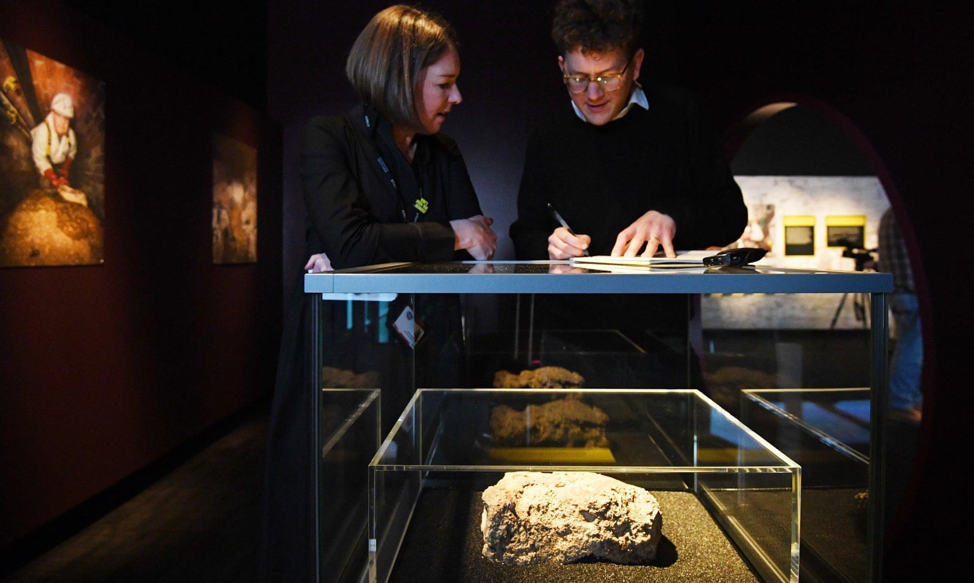- No call-out fees. Plumbers are free to your door.
- Fixed prices, no hourly charges.
- 100% guarantee on all plumbing services.
- Our plumbers arrive on time.
- Industry-leading team of professional plumbers.
OUR PERTH PLUMBERS HAVE YOU COVERED
REQUEST A CALL BACK NOW
WHY FATBERGS ARE A THING AND HOW TO PREVENT THEM
WHAT IS A FATBERG?
To understand the situation we first need to know what is a fatberg. The Oxford Dictionary defines a Fatberg as,
‘A very large mass of solid waste in a sewerage system, consisting especially of congealed fat and personal hygiene products that have been flushed down toilets.’
A fatberg begins to form when items that should not be flushed down our toilet or emptied into the kitchen sink travels down into the sewers. Hygiene products can include wet wipes (despite label suggesting flushable), cotton buds, sanitary products, syringes, and condoms. In addition, food scraps, cooking oil, coffee grounds, and tea leaves that find their way down the kitchen sink all help create the monster below and block your pipes.
Fatbergs first became a known issue when it made headlines in the UK in 2013 and 2015 but it wasn’t until 2017 when one of the largest fatbergs was discovered. Lurking beneath the surface in Whitechapel, east London, laid a 250 metre monster predominantly made of wet wipes, condoms, sanitary towels, cotton buds, and nappies. The abomination was as heavy as 19 African elephants (approx. 130 tonnes) and as long as the Tower Bridge, and smells exactly how you think it does – putrid. A dedicated team employed by Thames Water ventured into the sewers, and using high-pressured jet hoses, pick axes, shovels, and vacuum pipes, began to dismantle and remove the fatberg into tankers at 20 to 30 tonnes per day. All that remains is a fragment of shame that is on display at the Museum of London.
Perth is no stranger to this phenomenon. Water Corporation says in 2016-2017, nearly 40 per cent of all wastewater blockages in Perth were caused by fat, oil, grease and items such as rags and wet wipes were accumulating in the wastewater system.

Whitechapel fatberg in Museum of London
Source: the Guardian
HOW TO PREVENT FATBERGS
In a bid to prevent fatbergs from forming the Water Corporation have created an educating campaign to increase awareness and prevention of fatbergs in our wastewater system. Knowing what and how to dispose of the following is key in preventing a fatberg disaster:
- Wet wipes BIN THEM. Despite being labelled as flushable, they don’t disintegrate like toilet paper.
- Cooking fats and oils make up for around 30% of blockages in our wastewater system. All grease should be removed from your dishes before they are washed. Dispose of any unwanted grease and oil in a sealed container and throw in the bin. Don’t forget to use and empty your sink strainer into the bin.
- Chemicals and oils include things such as paint, cleaning products, fertiliser, pesticides or oils. These can be properly disposed of through either a licensed hazardous waste contractor or contacting your local council for a hazardous waste drop off at the local tip.
- Engine oils can be disposed of at your local garage for a small fee or an oil recycling centre. Alternatively, you can also contact your local tip on advice on how to best dispose of the oil.
- Food scraps, coffee grounds, and tea leaves are to be placed in the bin or used as compost.
- Nappies, sanitary products, razors, cotton buds, and syringes are to be wrapped up and put in the bin.
The next time you think about flushing something other than toilet paper down your toilet, just think about the 250 metre gag-worthy monster that lived underneath London.
If you are currently experiencing any plumbing blockages or issues, contact the friendly staff Gillies Group for some professional advice.
